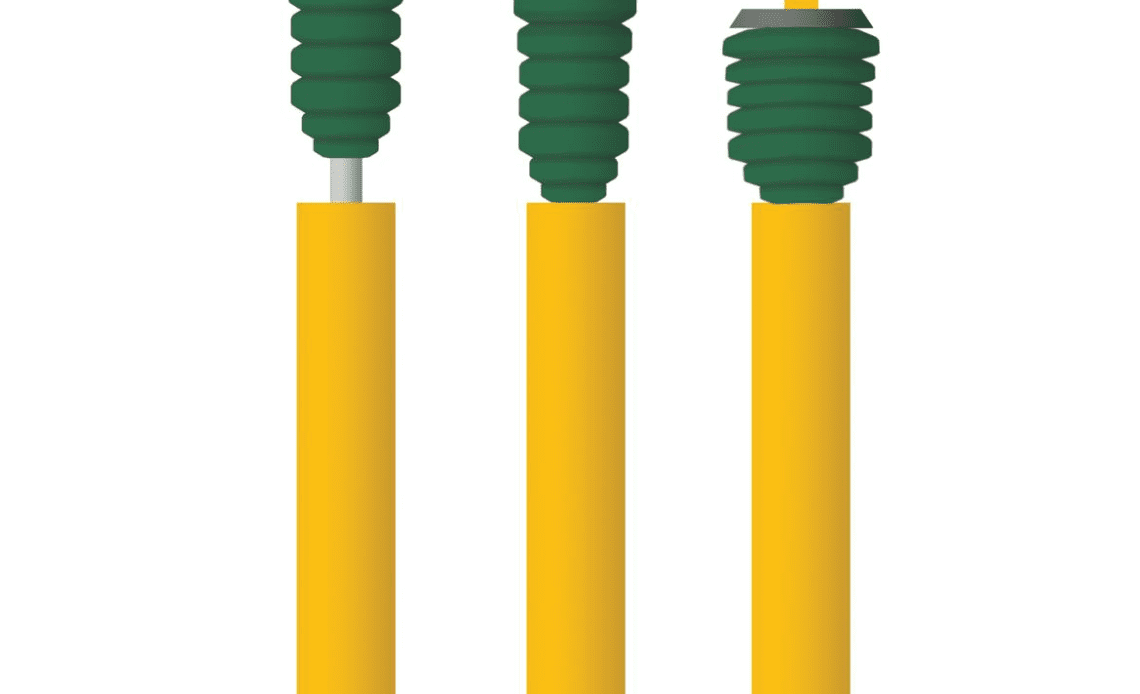We see this question asked and answered every day in online forums with respect to wheel-and-tire packages, especially when it comes to lowered cars.
The answers often provide conflicting information due to varied alignment, ride height, spring rates and coil-over packaging. Having the right combination of parts on your car is only half the battle. Dialing it all in …
What’s a Bump Stop?
For any given road or track, the spring rate will mostly determine the suspension travel–assuming it’s properly damped and doesn’t allow any physical contact. Stiffer springs allow less travel, which accommodates lowered ride heights, which in turn offers both handling and aero benefits.
But there will always be a bump in some road severe enough to exceed that damped spring, so we needed something to limit the travel and prevent the shock from bottoming out in extreme situations. That’s where the aptly named bump stop comes into play.
Think of bump stops as pieces of rubber or similarly soft material that act as progressive-rate springs. They come in all shapes and sizes. They’re usually found on the damper’s shaft, but they could be placed elsewhere in a suspension setup.
In most setups, bump stops float on the damper shaft and act as progressive rate springs when engaged. Photography Credit: Andy Hollis
In OE applications, they’re typically very long and have enough spring rate to provide smooth engagement throughout the suspension’s travel. Depending on the application, a vehicle might well often engage the bump stops, but in this case, that’s a good thing: Picture these bump stops acting as progressive rate springs when engaged.
In motorsports, where travel is much more limited, bump stops are more of a fail-safe that prevents the damper from internally bottoming out. They also prevent body contact–like, say, a tire hitting an inner fender. A shorter, stiffer bump stop allows more use of the linear range of the primary spring, but that’s at the expense of a more abrupt change of rate upon impact.
Our RedShift coil-overs shipped with fairly short, stiff bump stops. We then added a spacer to limit compression travel to just shy of tire-to-inner fender interference.

To measure how much spacer our bump stops needed, we first measured travel with our tires and Flyin’ Miata Kogeki wheels in place. Photography Credit: Andy…
Click Here to Read the Full Original Article at Grassroots Motorsports Online Articles…

